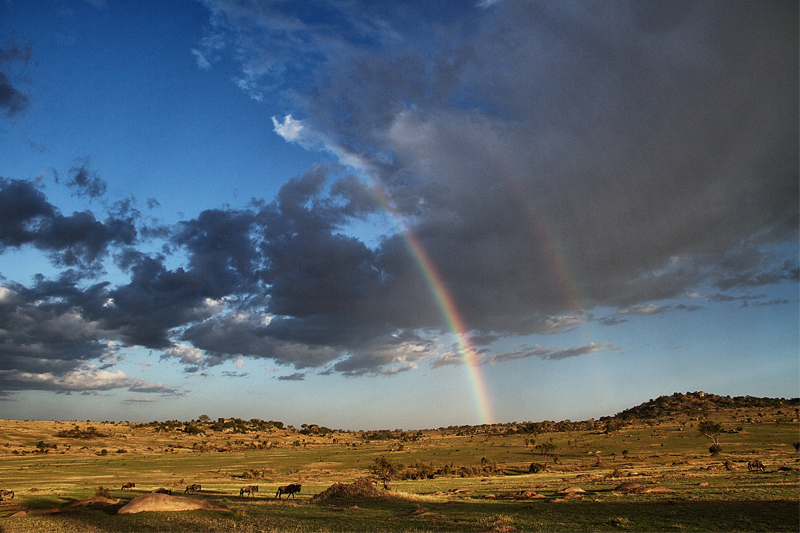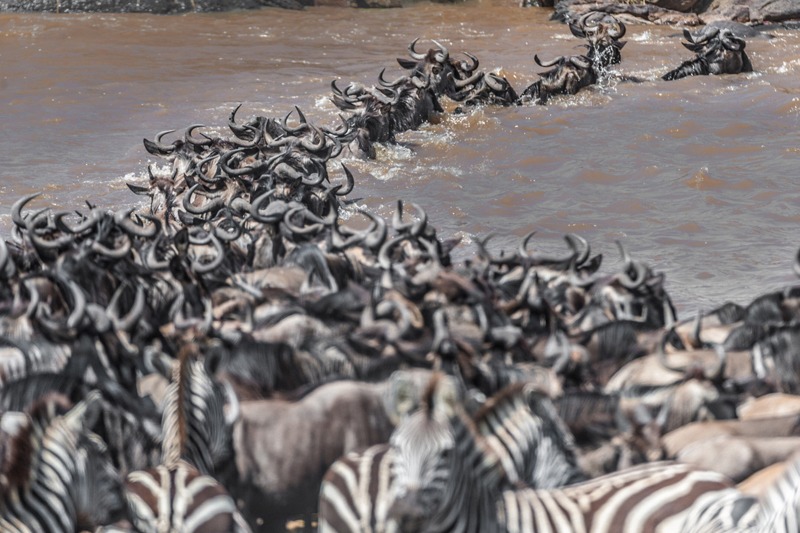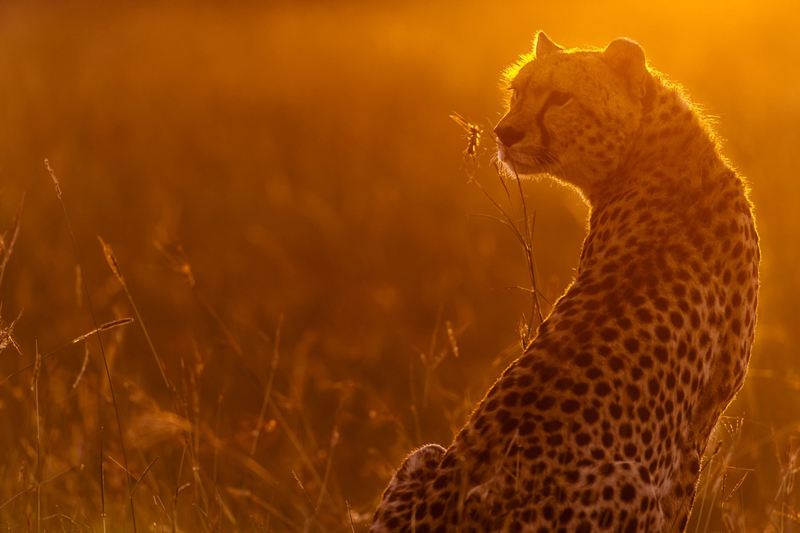Tanzania Seasons & When to Travel
The dry seasons in Tanzania vary according to geographical location.
The north of the country, which includes the key regions of Kilimanjaro, Ngorongoro Crater, Serengeti, Lake Manyara and Tarangire, is generally dry from June to October, and from late-December to mid-March, and game viewing is best at these times. November is when the ‘short rains’ fall, and April/May is traditionally when the main rains fall. However, there is a good chance of experiencing significant rain any time from November through to June. Sticking in the north, if you are climbing Mount Kilimanjaro, then the drier months from June to October are best, followed by January and February.
The wildebeest and zebra migration moves seasonally around the Serengeti eco-system, according to local weather conditions. Generally, the herds spend December to April in the southern Serengeti, May to mid-July travelling up through the western Serengeti, and then from late-July to early November in the northern Serengeti (and into Kenya’s Masai Mara), before returning south again. Please see our dedicated Great Migration page if for more information on extraordinary wildlife show.



In the south (Nyerere and Ruaha) and west (Katavi and Mahale) of the country, there is a more prolonged rainy season which begins in early November and continues through to late May. There will be times when the rains abate, perhaps even for several weeks at a time, but these periods are not predictable or long enough to allow good game viewing conditions to return. June to October are comfortably the driest months and the best for game viewing. Chimpanzee tracking (Mahale Mountains and Gombe Stream) is easiest in the second half of the dry season (August onwards) when the chimps are found lower down in the montane forests.
On the coast, temperatures are high year round (averaging around 30C). The best sea conditions are found from October/November to March/April when the Kaskazi wind blows gently from the north-east. This is also the most humid time. From April/May to September/October, when the Kuzi ‘monsoon’ wind blows more strongly from the south-east, sea conditions can be choppy. During this time, snorkelling and diving options could be restricted, especially June to August (except on protected Chumbe Island).
Day time temperatures and humidity are affected by altitude but it is generally warm to hot throughout the year (averaging around 28C but slightly higher from October to March). There are certain places that get extremely hot, with temperatures over 40C. Altitude greatly affects night time temperatures. In the Ngorongoro Highlands and on Mount Kilimanjaro, it is quite likely that temperatures will fall to low single figures, or even below freezing, whereas elsewhere the lower teens are more likely, especially during the winter period from June to August. In the low-lying Nyerere, temperatures are significantly warmer, and humidity higher, all year round.
BEST TIME FOR VIEWING WILDLIFE



